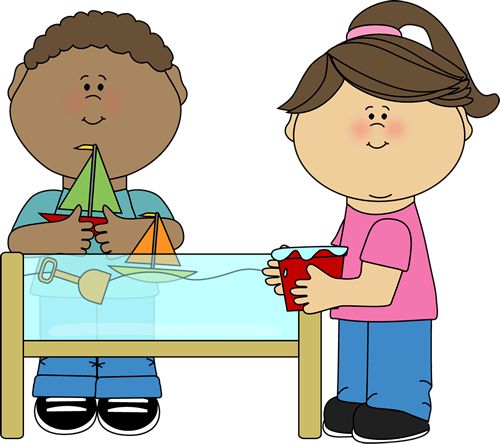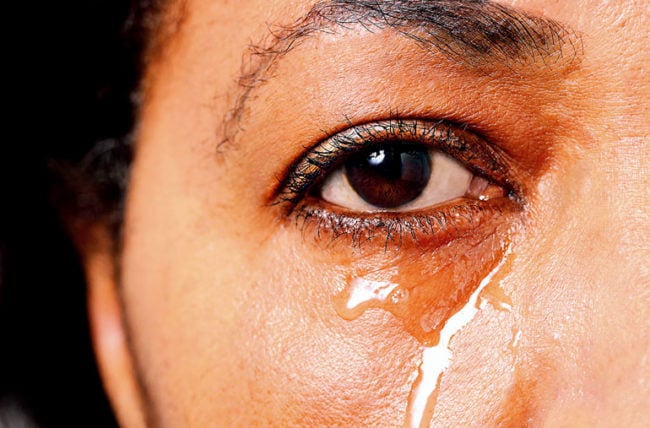Introduction :
The minimal degree of stimulation necessary for a sensory system to register a stimulus is known as the sensory threshold, and it is a key idea in psychology and neuroscience. It stands for the moment when a stimulus enters a person’s field of perception. It is essential to comprehend the sensory threshold because it sheds light on how people and other living things perceive and engage with their surroundings. I’ll go into more depth on the significance of the sensory threshold here.
1 Perception: Our capacity to see and comprehend the environment around us depends on our sensory threshold. It determines the lowest threshold below which we are able to perceive several sensory stimuli, including light, sound, touch, taste, and smell. For instance, the auditory threshold is the least sound intensity required for us to hear a sound, whereas the sensory threshold for vision corresponds to the minimum quantity of light required for us to perceive an object. Researchers can look at how many conditions, such as the impacts of ageing, illness, or exposure to specific chemicals, affect our perception by studying the sensory thresholds.
2 Sensory Processing: Sensory processing, or how our nervous system takes in, sorts through, and interprets sensory information from the environment, is intimately related to sensory thresholds. The sensory threshold determines which sensations are recognised and then sent to the brain for additional processing, laying the groundwork for sensory processing. Researchers can obtain insight into sensory processing problems like hypersensitivity or hyposensitivity and create effective interventions to support people with sensory integration challenges by studying the sensory thresholds for various senses.
3 Sensory Adaptation: The phenomena of sensory adaptation, in which our sensory receptors gradually become less receptive to a consistent or repeating stimulation, involves sensory threshold. By removing irrelevant or unchanging information, sensory adaptation enables us to concentrate on fresh or significant inputs. The fundamental starting point for sensory adaptation is the sensory threshold. A stimulus may become less noticeable as it decreases below the sensory threshold as a result of sensory adaptation. Researchers can better understand sensory thresholds by examining the mechanisms underlying sensory adaptation and the effects it has on perception, attention, and total sensory experience.
4 Psychophysics:Psychophysics, which looks at the connection between physical stimuli and how we interpret them psychologically, must include the study of sensory thresholds. Researchers can determine psychophysical thresholds by repeatedly adjusting the strength or size of a stimulus and observing the point at which it is noticeable. We can then quantify and describe the connection between physical stimuli and our subjective experiences of them using these thresholds. Psychophysical studies assist define the boundaries of human sensory perception, supplying important knowledge for ergonomics, product design, and sensory marketing.
5 Diagnostic and Clinical Applications: In order to diagnose and comprehend a variety of sensory-related diseases, sensory thresholds are useful. For instance, auditory threshold measurements in audiology aid in the diagnosis of hearing loss or impairment. Determining visual thresholds helps ophthalmologists diagnose problems with visual acuity. The detection and tolerance thresholds can offer information about pain sensitivity and the efficiency of analgesic therapies, making sensory thresholds important in studies on pain perception. Healthcare providers can better understand sensory abnormalities, create treatment strategies, and measure the efficacy of therapy by testing and comparing sensory thresholds.
Conclusion :
In conclusion, comprehending human perception, sensory processing, and psychophysics requires a grasp of the concept of the sensory threshold. Researchers can learn more about numerous facets of perception, sensory adaptation, and situations connected to sensory perception by investigating the limitations of our sensory systems and quantifying thresholds. This information has ramifications for a variety of industries, including psychology, neuroscience, healthcare, and product design. It will help us better understand the human condition and enable therapies to deal with sensory issues.




